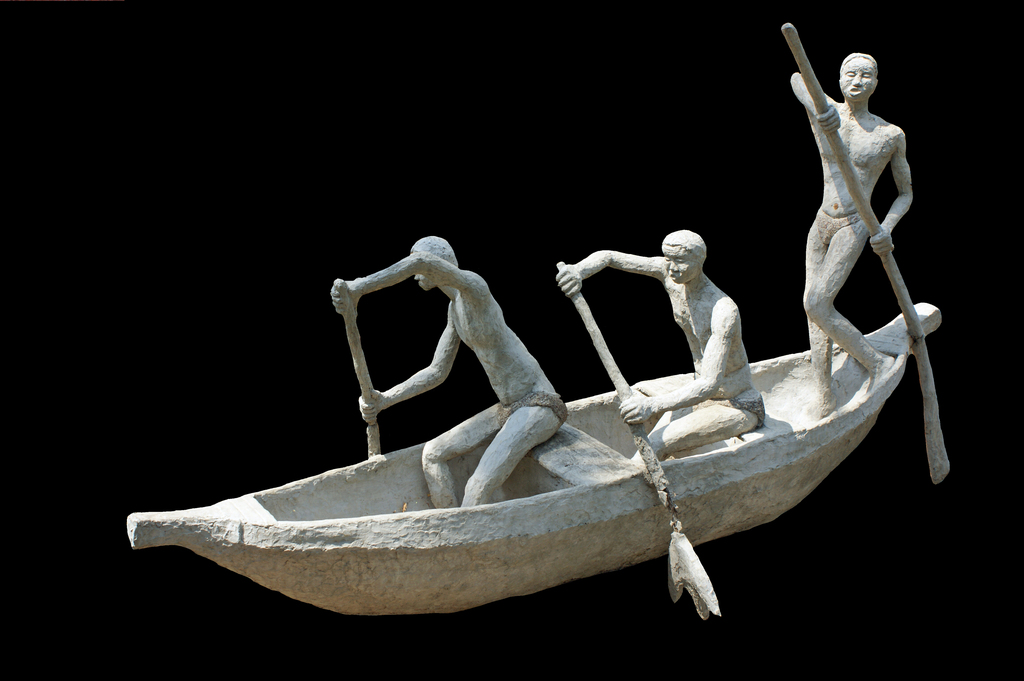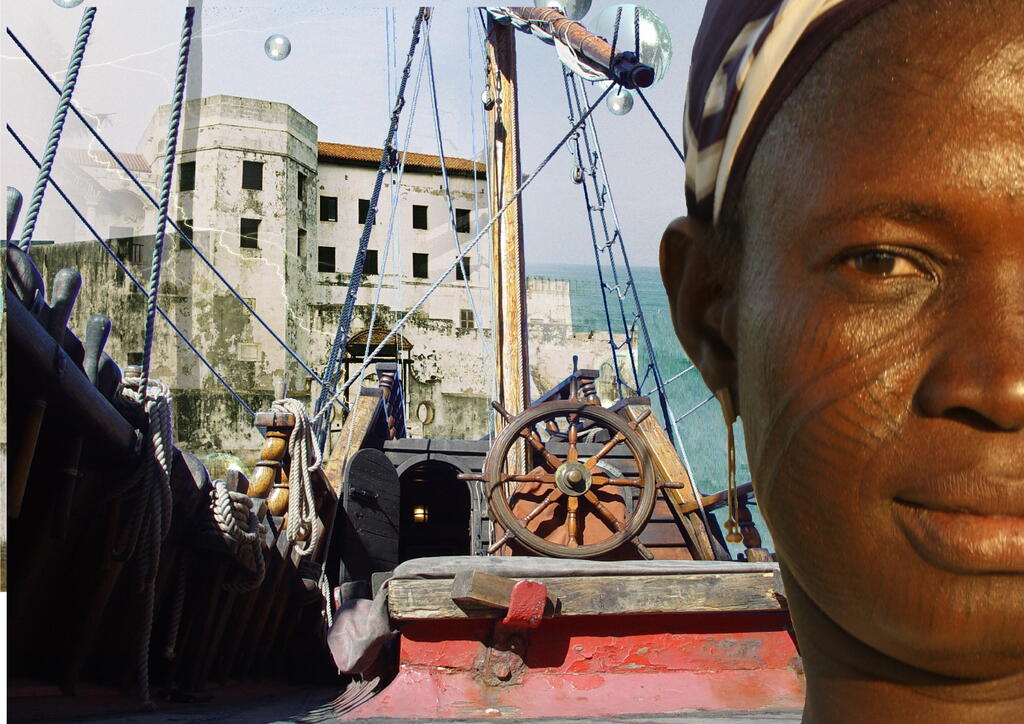Bisa Aberwa Museum: Preserving the Pan-African Legacy in the Heart of Sekondi-Takoradi
Bisa Aberwa Museum: Celebrating Pan-African Heritage in Ghana’s Western Region
In the vibrant coastal twin city of Sekondi-Takoradi, located in Ghana’s Western Region, stands one of the continent’s most remarkable cultural institutions — the Bisa Aberwa Museum. This unique museum is more than just a gallery of artifacts; it is a powerful tribute to the resilience, creativity, and leadership of African people and the African diaspora.
Opened to the public in 2019, the Bisa Aberwa Museum has quickly established itself as a major cultural landmark in West Africa. It offers visitors an immersive journey through centuries of African history, liberation struggles, and cultural achievements. The name "Bisa Aberwa" translates from Akan as "ask the old woman" — a symbolic reference to seeking wisdom from elders and honoring the knowledge of the past.

(c) Remo Kurka
New text element
Other Museums - Websites, part of Ghana-Net com:
Founded by acclaimed filmmaker Kwaw Paintsil Ansah, the museum was officially inaugurated on July 28, 2019, by Ghana’s First Lady, H.E. Rebecca Akufo-Addo. Bisa Aberwa was created to celebrate the achievements, struggles, and sacrifices of African and Black icons from across the globe — from liberation fighters and civil rights leaders to cultural pioneers and spiritual figures.
A Treasure House of African Heritage
With over 2,200 artefacts, including sculptures in clay, wood, and cement, as well as paintings, photographs, and audio-visual displays, the museum brings to life the collective memory of Black resilience and excellence. It features figures from across Africa and the African diaspora — including personalities from the French, Portuguese, and Spanish Caribbean, as well as African American civil rights icons.
Visitors will encounter evocative depictions of slave dungeons, plantation life, and the trans-Atlantic slave trade, alongside moments of triumph such as the Civil Rights Movement and the election of Barack Obama as the first African-American President of the United States.
Notable Ghanaian personalities featured include Dr. Kwame Nkrumah, Paa Grant, Dr. Esther Ocloo, A.S. Blay, and Nana Kobina Nketsia IV, among many others. Every exhibit is a step through time, designed to educate, inspire, and provoke critical reflection on Black history and its ongoing relevance.

Trans Atlantic Slave Trade (c) Remo Kurka
How to Get There
The Bisa Aberwa Museum is located in Nkontompo, a suburb of Sekondi-Takoradi, near Effia-Nkwanta Hospital. The museum is easily accessible by taxi or ride-hailing services from the Takoradi city center or the Takoradi airport, which is just a 10 to 15-minute drive away.
If you're arriving from Accra or other regions, STC buses and domestic flights to Takoradi make it a convenient journey. Road conditions from Takoradi to the museum are generally good and well-marked.
Nearby Attractions
Visitors to the Bisa Aberwa Museum can also explore several cultural and coastal landmarks nearby, including:
Fort Orange – A 17th-century Dutch trading post overlooking the Gulf of Guinea
Sekondi European Town – A charming colonial-era district with historic architecture
Takoradi Market Circle – A vibrant open-air market full of Ghanaian textiles, crafts, and spices
Beaches along the Atlantic coast – Including the quiet Adjoa Beach and the popular Busua Beach (a bit further west)
Leadership & Legacy
The museum is governed by a Board of Trustees led by Mr. Kwaw Ansah himself, along with respected figures such as Nana Kobina Nketsia V, Prof. Kofi Asare Opoku, and Mr. Akwasi Agyeman of the Ghana Tourism Authority. Their collective vision is to position the museum as a hub of Pan-African thought, education, and cultural preservation.
Whether you're a researcher, student, history enthusiast, or tourist looking to reconnect with Africa's rich past, the Bisa Aberwa Museum offers a powerful and unforgettable experience — one that connects continents, generations, and shared heritage through art and memory.